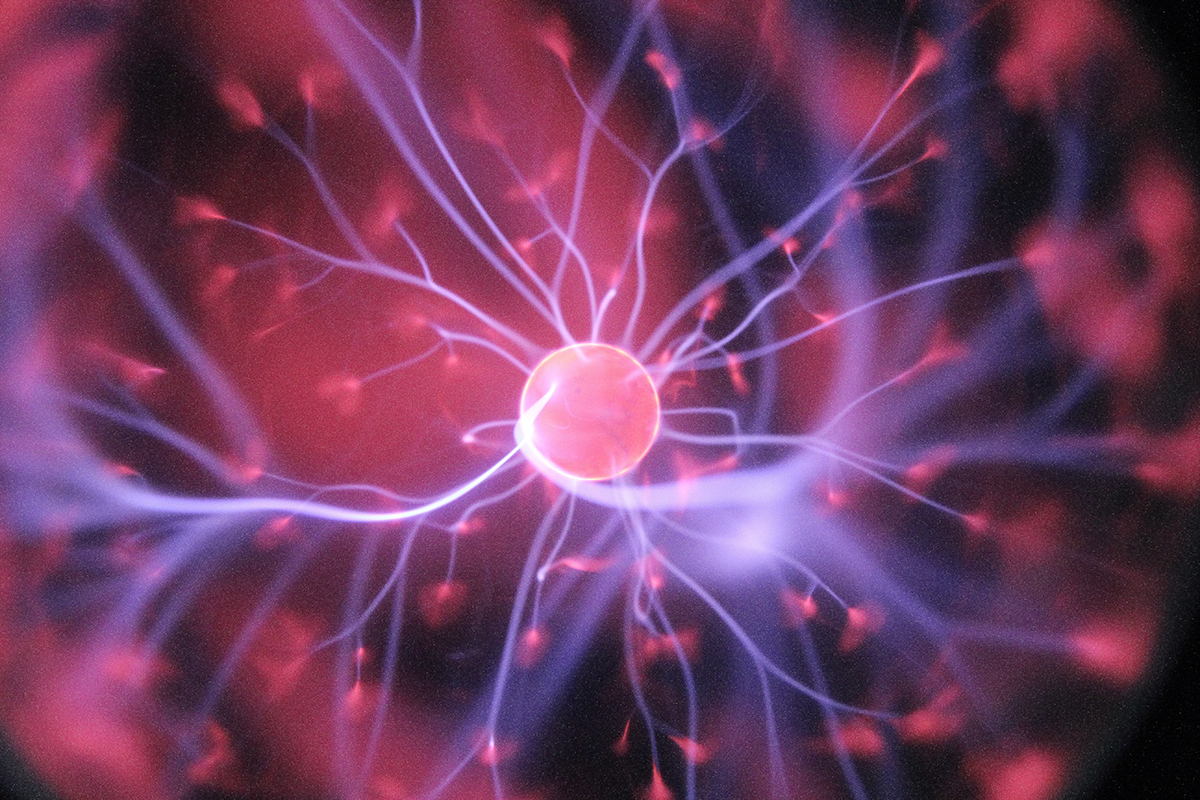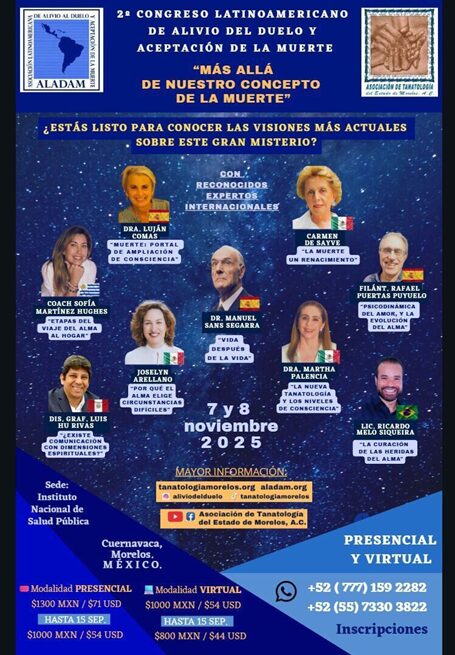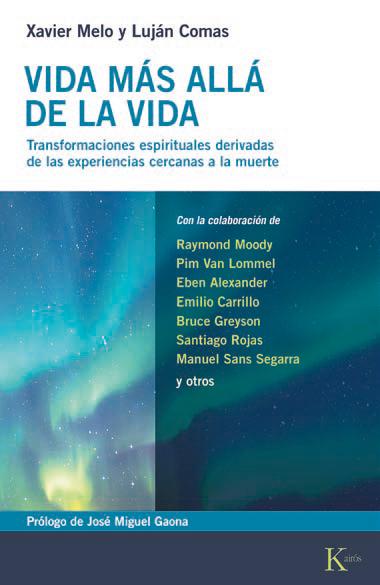Evidence has shown that the readings of gamma waves in peri-mortem electroencephalograms (EEGs) and their interpretation in various studies, when considered as candidates for the natural explanation of Near-Death Experiences (NDEs), are, by all accounts, a poor bet. To support these results, you can find the review on this topic in the annex.
Nigel Shaw from the University of Auckland, New Zealand, has developed a series of arguments explaining the inadequacies of this proposal.
Firstly, Shaw explains how muscle movements can be mistaken for brain waves, giving a false impression of brain activity. However, this seems unlikely since EEG recordings have been obtained in some cases from patients with no type of movement.
Secondly, he references the poor determination of the moment of death in some of the studies that have found gamma activity in peri-mortem EEGs. In some studies, the EEGs are clearly before cardiac arrest, others when no pulse is detected, and others during effective cardiorespiratory arrest.
Shaw’s strongest argument comes from studies with dogs, which found that EEGs with gamma activity originate from the brain’s amygdala and not the cortex, making it unlikely that such activity could be proposed as the cause of NDEs.
Moreover, Shaw argues that the relationship between gamma waves and consciousness has never been fully established: for example, someone can generate gamma waves in the EEG and yet be under anesthesia.
Finally, the author highlights that in psychedelic states, where some characteristics of NDEs are reproduced, the entire spectrum of brain waves recorded by EEG, including gamma waves, is reduced; adding difficulty to the possibility that these types of peri-mortem waves could be responsible for NDEs.
Oscar Llorens and García
ANNEX
REVIEW OF Characterization of End-of-Life Electroencephalographic Surges in Critically Ill Patients by Chawla et al., 2017.
In 2009, Lakhmir Chawla’s team detected End-of-Life Electrical Surges (ELES) in 7 patients between 3-5 minutes after cardiorespiratory arrest. Eight years later, they managed to replicate part of these results: 13 out of 18 patients experienced ELES. In the 2009 article, these ELES were proposed as a possible neurophysiological cause for Near-Death Experiences (NDEs).
Chawla highlights that the studies by Auyong (2010), Go ahead (2013), and van Rijn (2011) corroborate his results. However, in the first study, the exact moment of cardiac arrest is not included; in the second, electroencephalogram activity occurs in mice within 30 seconds after cardiorespiratory arrest, as expected following such arrest, and Dr. Borjigin herself complained that the results obtained by Chawla were different from those recorded by her team; and in the third, it is ruled out that such experiences, found by the authors in decapitated rodents, can be associated with any type of consciousness, given that the phenomenon occurs in both anesthetized and non-anesthetized mice.
The results from Norton (2017), Sleeping (2021), Reagan (2018), DeVries (1998), with a total of 197 cases, and the meta-analysis by Pana (2016) with 7 human studies and 10 animal studies, did not validate Chawla’s results and found either a generalized decrease or no brain activity after cardiorespiratory arrest.
When adding to these results the fact that some NDEs occur before 3 minutes into the arrest thanks to their in-hospital origin and an adequate resuscitation protocol, it becomes difficult to attribute NDEs to ELES.
In fact, ELES seem to be the result of neuron depolarization in a severely damaged brain.





